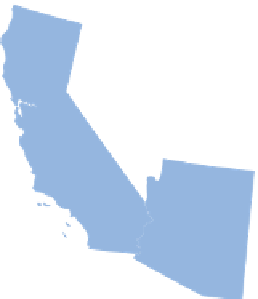Geography Reference
In-Depth Information
can reveal the regional home of a person who reads the
statement aloud. In the United States, the words “horse”
and “oil” are written the same way in New England and
in the South, but to the Southerner, the New Englander
may be saying “hahse,” and to the New Englander, the
Southerner seems to be saying “all.”
Linguists think about dialects in terms of
dialect
chains
, distributed across space. Dialects nearest to each
other geographically will be the most similar (greater
spatial interaction), but as you travel across the space, the
dialects become less intelligible to each other because less
interaction occurs. If all of these dialects are part of one
language, which one of the dialects is
the language
? This
question points to another challenge in defi ning languages.
Is one of the many English dialects in the world the one,
true English? Language is actually an umbrella for a collec-
tion of dialects, and we tend to see one of these dialects as
the “true” language only because it is the one we speak or
because it is the one a government claims as the standard.
Frequently, dialects are marked by actual differ-
ences in vocabulary. A single word or group of words can
reveal the source area of the dialect. Linguistic geogra-
phers map the extent of particular words, marking their
limits as isoglosses. An
isogloss
is a geographic bound-
ary within which a particular linguistic feature occurs, but
such a boundary is rarely a simple line. Usually, outlying
areas of usage extend beyond the isogloss. Fuzzy iso-
glosses may signify that the dialect has expanded or con-
tracted. Linguists who study dialects examine pronuncia-
tions, vocabularies, use of colloquial phrases, and syntax
to determine isoglosses.
Linguistic geographer Hans Kurath published
atlases of dialects in the United States, defi ning Northern,
Southern, and Midland dialect in the eastern part of the
country. In the mid-1900s, Kurath drew distinct isoglosses
among the three dialects, based on pronunciation of cer-
tain sounds and words. A more recent study of American
dialects by linguist Bert Vaux used a 122-question online
survey to map dialects in the United States. Maps of the
soda, pop, and coke question (Fig. 6.7) and the hero, sub,
poor-boy question reveal the prominent dialects of New
England and the deep South, the fuzzy border between
the two regions (Kurath's Midland dialect), the mixture of
dialects in much of the rest of the country, and a few scat-
tered areas outside the dialect regions where one or the
other dialect dominates.
ME
WA
MT
ND
VT
NH
MN
OR
MA
NY
WI
ID
MI
SD
RI
CT
WY
PA
NJ
IA
DE
OH
NE
NV
MD
IN
IL
WV
VA
UT
CO
MO
CA
KS
KY
NC
TN
COMMON NAME FOR
A SOFT DRINK, 2002
SC
OK
AR
AZ
NM
GA
AL
MS
Pop
Soda
Coke
Pop and Soda
Coke and Soda
Coke and Pop
LA
TX
FL
AK
0
200
400 mi
HI
0
200
400 km
0
400 mi
0
100 mi
0
400 km
0
100 km
Figure 6.7
Common Name for a Soft Drink in the United States, by State, 2002.
Data from
: Bert
Vaux, Harvard Survey of North American Dialects. http://cfprod01.imt.uwm.edu/Dept/FLL/
linguistics/dialect/last accessed September 2005.


























































































































































































